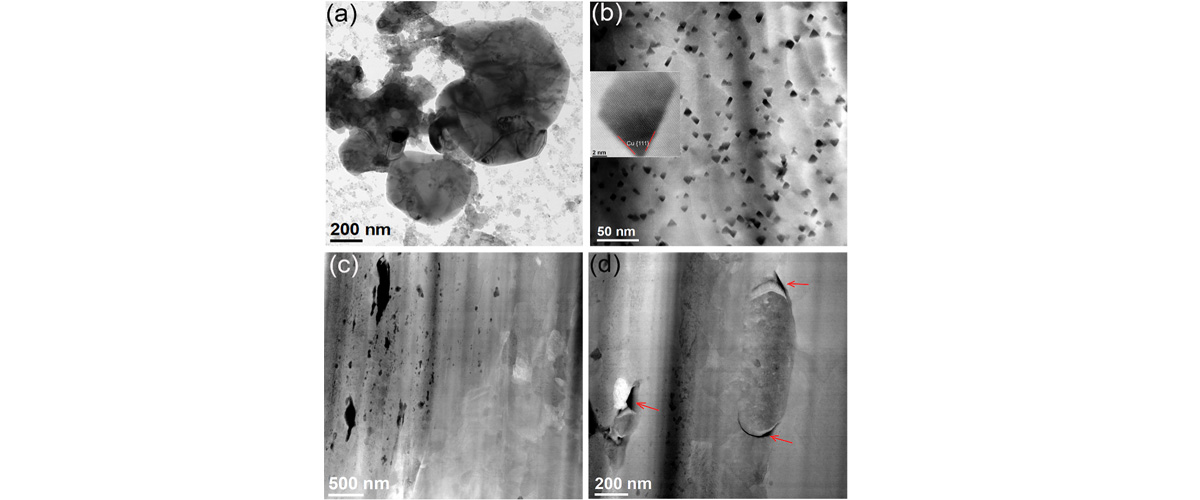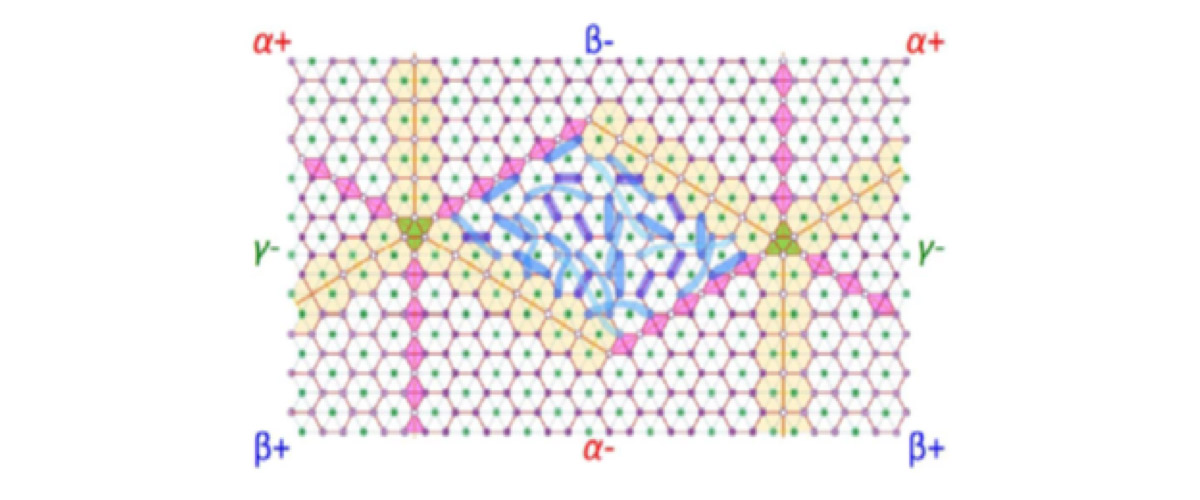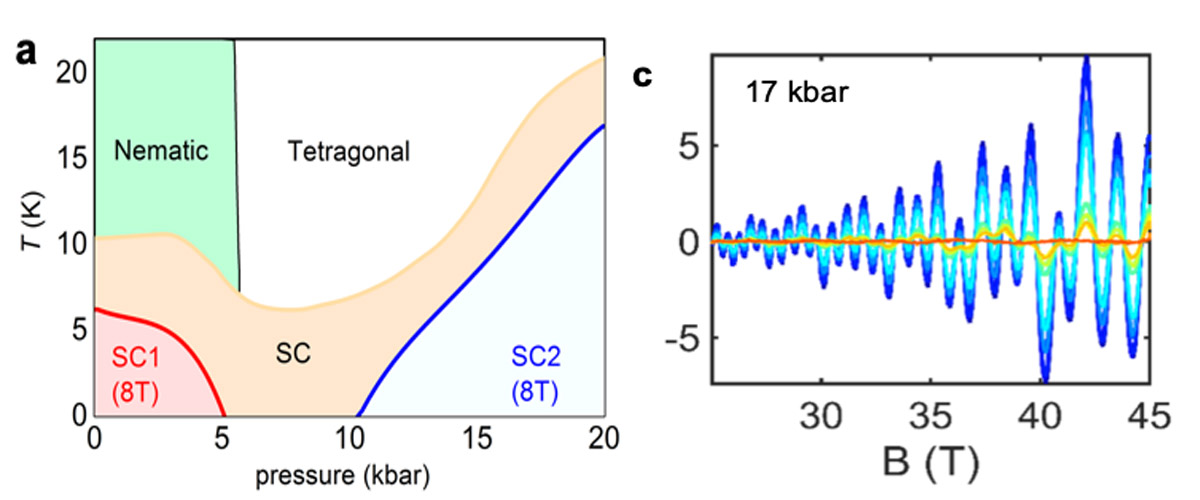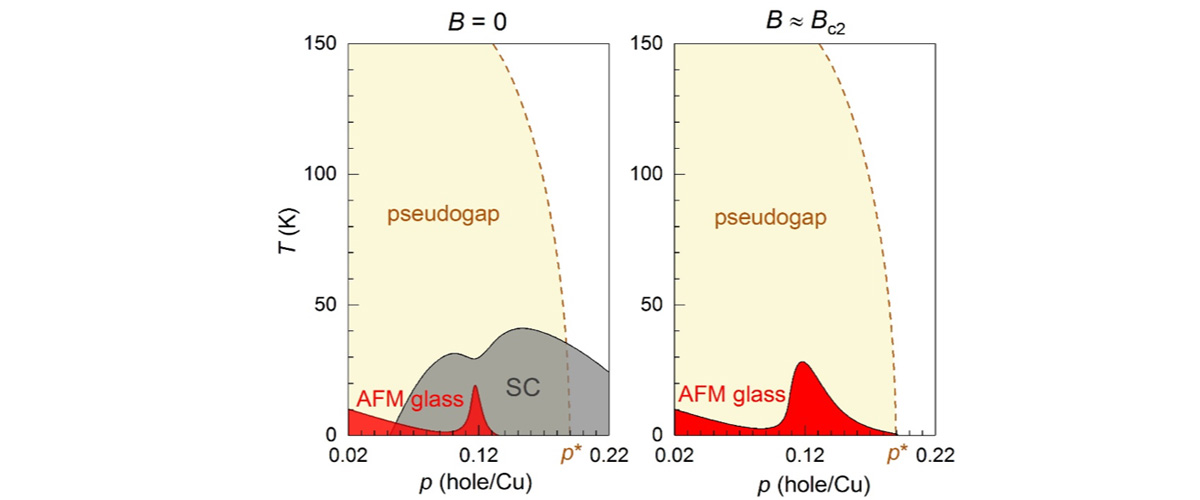What did scientists discover?
Researchers identified two types of alumina particles in Glidcop AL-60. They are α-Al2O3 and metastable cubic η-Al2O3 with average sizes of 200 and 10 nm respectively. The η-Al2O3 nanoparticles are of triangular shape, with a well-defined crystal orientation relative to the Copper matrix. The dislocations observed around the alumina particles suggest that alumina particles resist dislocation movement, providing the main strengthening mechanism for the conductor. Microcracks near large particles evidence a detrimental effect of too-large particles on the fatigue life of AL-60.
Why is this important?
Ultrahigh-field pulsed magnets require high-strength, high-conductivity conductors like Glidcop®AL-60, a copper conductor strengthened by alumina particles. Identification of both the type and the distribution of alumina particles has been contributing to the improvement of both the fabrication and the endurance of conductors used in 65T short pulsed, 60T controlled-waveform, and 100T pulsed magnets.
Who did the research?
Yan Xin1, Jun Lu1, and Ke Han1
1National High Magnetic Field Laboratory;
Why did the MagLab need to do this research?
The MagLab has a world-leading team of researchers to study high-strength, high-conductivity materials relevant to high-field magnets. The MagLab also hosts a state-of-the art electron microscopy facility. The R&D enabled by this expertise and instrumentation is essential to continued improvement of the performance of ultra-high field pulsed magnets for the scientific community.
Details for scientists
- View or download the expert-level Science Highlight, Microstructure of Glidcop® AL-60 conductor used in pulsed magnets
- Read the full-length publication, Microstructure of Glidcop AL-60, in IEEE Transactions on Applied Superconductivity
Funding
This research was funded by the following grants: G.S. Boebinger (NSF DMR-1644779)
For more information, contact Mark Bird.






